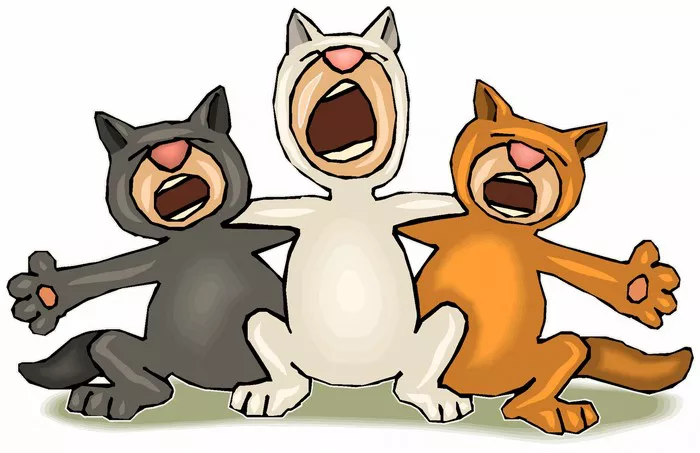In the dynamic world of elementary education, cultivating an environment that fosters joy, engagement, and laughter is paramount. One delightful tradition that has stood the test of time is the “Joke of the Day.” In this article, we’ll explore the significance of this daily dose of humor for elementary students, provide a plethora of jokes tailored for different ages, and offer tips for delivering them effectively.
The Importance of Joke of the Day for Elementary Students
Humor is a universal language that transcends age barriers and brings people together. For elementary students, who are navigating the early stages of academic and social development, the benefits of humor are particularly profound:
Enhanced Engagement: Incorporating humor into the daily routine captivates students’ attention and makes learning more enjoyable. A well-timed joke can spark curiosity and enthusiasm, paving the way for deeper engagement with academic content.
Stress Relief: Laughter is known to reduce stress hormones and promote a sense of well-being. In the bustling atmosphere of the classroom, a moment of levity can alleviate tension and create a more relaxed learning environment.
Cognitive Development: Jokes often involve wordplay, puns, and riddles, which stimulate critical thinking and problem-solving skills. By deciphering the punchline or unraveling the mystery of a riddle, students exercise their mental agility and expand their cognitive abilities.
Social Connection: Sharing jokes fosters a sense of camaraderie among students and strengthens social bonds. Whether it’s a collective groan at a corny pun or a chorus of laughter at a clever punchline, humor creates moments of connection and belonging within the classroom community.
Promotion of Creativity: Crafting and sharing jokes encourages students to think creatively and express themselves in new ways. Whether they’re inventing puns or composing one-liners, students unleash their imagination and hone their storytelling skills.
Jokes for Different Ages
Now, let’s explore a variety of jokes tailored for different age groups within the elementary spectrum:
Kindergarten and Early Elementary (Ages 5-7):
1. Why did the scarecrow win an award? Because he was outstanding in his field!
2. Knock, knock. Who’s there? Boo. Boo who? Don’t cry, it’s just a joke!
3. What’s orange and sounds like a parrot? A carrot!
4. Why was the math book sad? Because it had too many problems!
5. Why did the banana go to the doctor? Because it wasn’t peeling well!
Upper Elementary (Ages 8-10):
1. What do you call a bear with no teeth? A gummy bear!
2. Knock, knock. Who’s there? Lettuce. Lettuce who? Lettuce in, it’s cold out here!
3. Why couldn’t the bicycle stand up by itself? It was two-tired!
4. What do you get when you cross a snowman and a vampire? Frostbite!
5. Why don’t skeletons fight each other? They don’t have the guts!
Middle Elementary (Ages 10-12):
1. Why don’t scientists trust atoms? Because they make up everything!
2. Knock, knock. Who’s there? Olive. Olive who? Olive you and I miss you!
3. What did one ocean say to the other ocean? Nothing, they just waved!
4. Why did the tomato turn red? Because it saw the salad dressing!
5. What’s a vampire’s favorite fruit? A blood orange!
Tips When Telling Jokes
To maximize the impact of the Joke of the Day, consider the following tips:
Know Your Audience: Tailor your jokes to the age and maturity level of your students. Keep it age-appropriate and avoid jokes that may be too complex or obscure.
Timing is Everything: Choose the right moment to deliver your joke for maximum impact. Whether it’s first thing in the morning to kick off the day with a smile or during a transition period to lighten the mood, timing is key.
Embrace the Silly: Don’t be afraid to embrace the silliness of jokes. Emphasize exaggerated facial expressions or use funny voices to enhance the comedic effect.
Encourage Participation: Invite students to share their own jokes or contribute to the Joke of the Day segment. This fosters a sense of ownership and engagement within the classroom community.
Reflect and Adapt: Pay attention to which jokes resonate most with your students and adjust your selection accordingly. Every class has its own unique sense of humor, so be willing to experiment and adapt based on feedback.
In conclusion, the Joke of the Day is more than just a lighthearted tradition—it’s a powerful tool for promoting engagement, building community, and fostering joy in the elementary classroom. By infusing each day with laughter and levity, teachers create a positive learning environment where students can thrive academically and emotionally. So go ahead, share a smile, and watch as laughter lights up the faces of your students each day!


